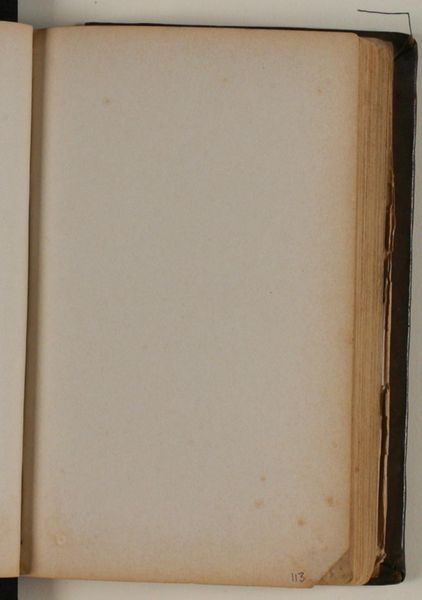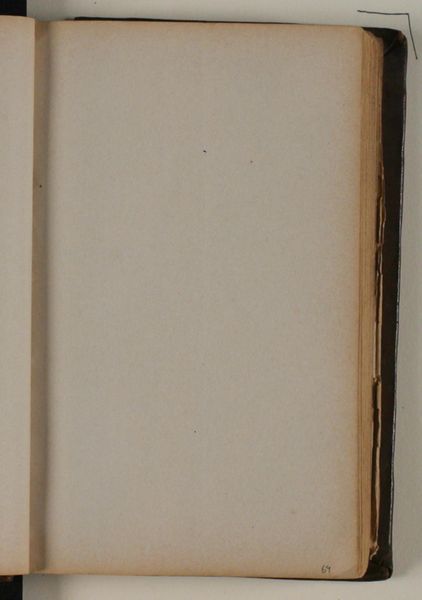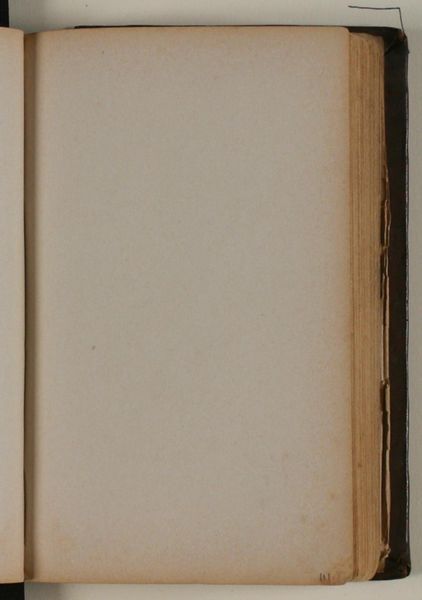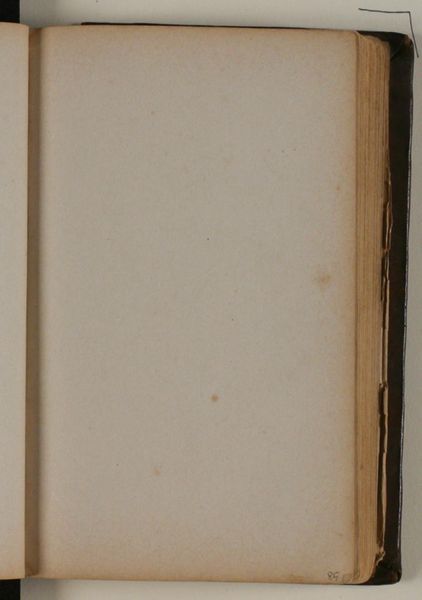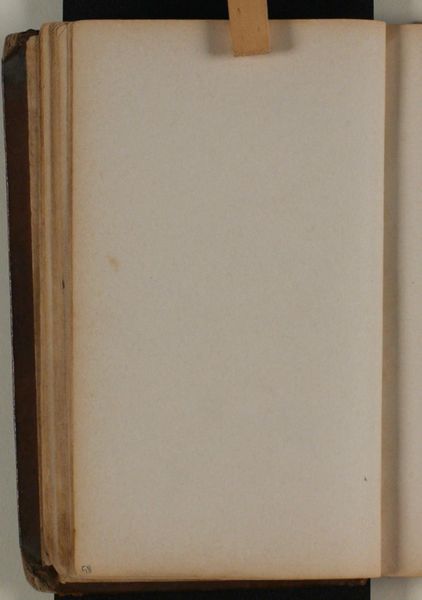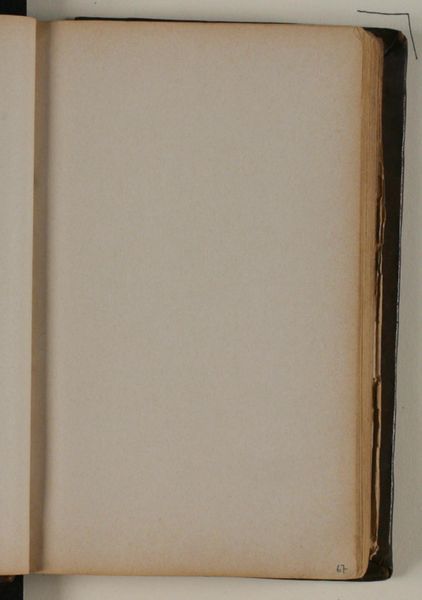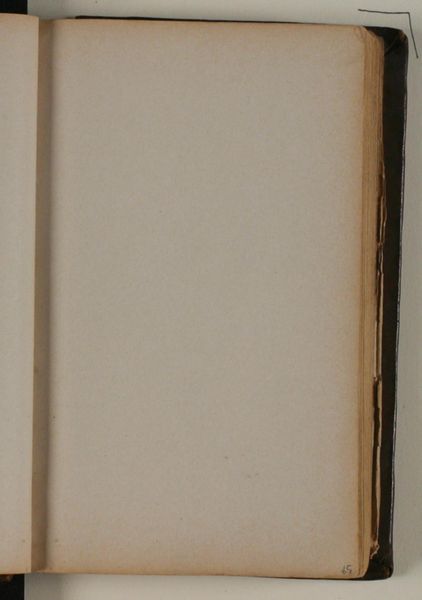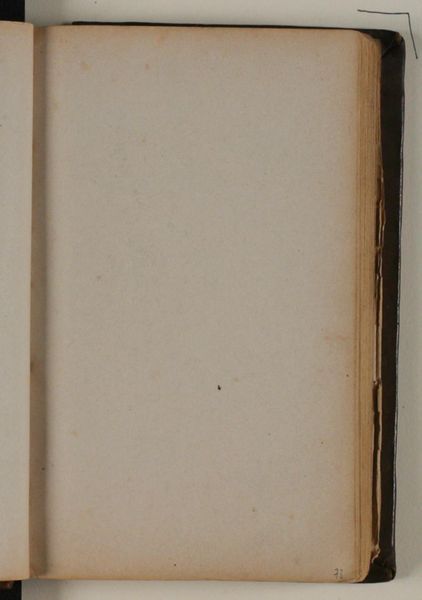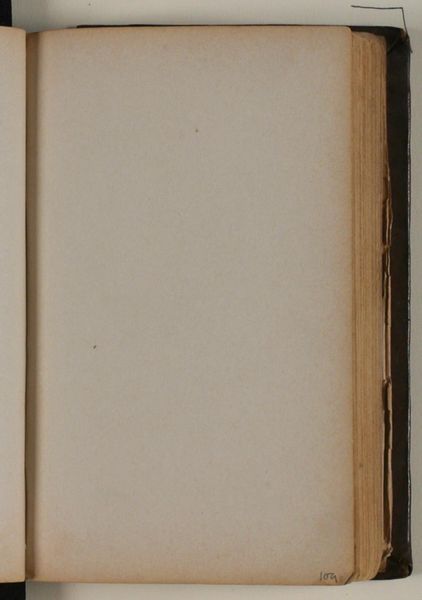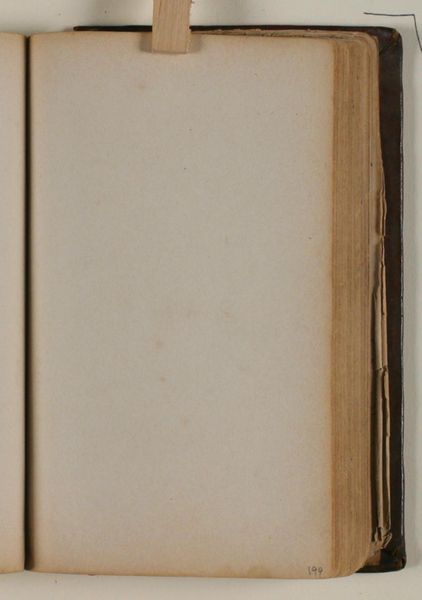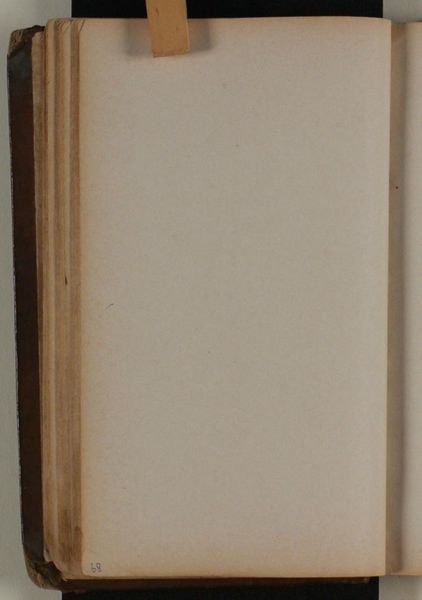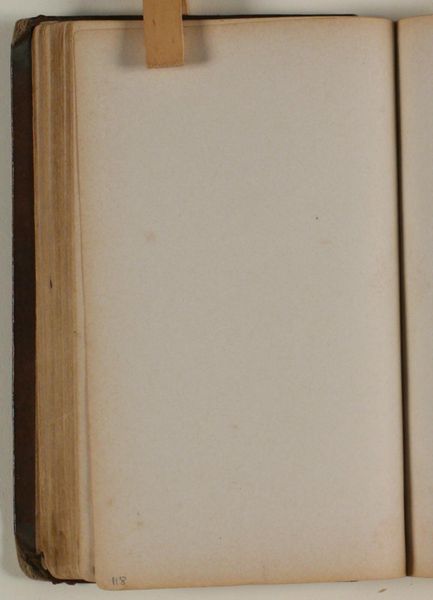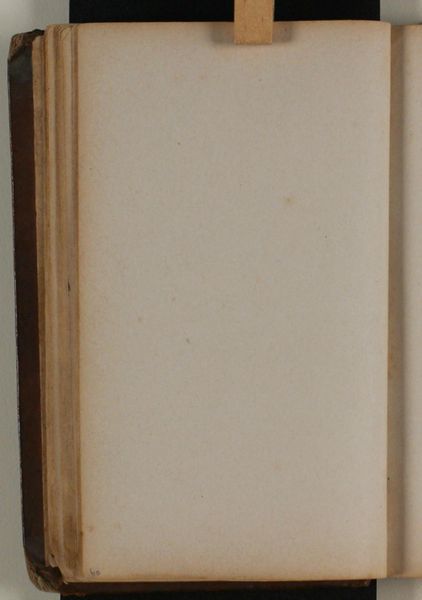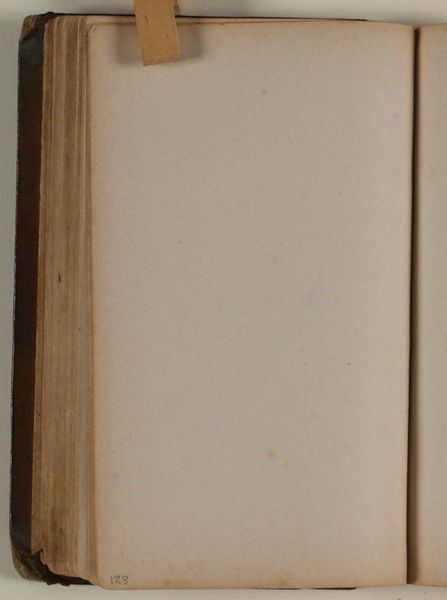
drawing, paper
#
drawing
#
paper
#
coloured pencil
Dimensions: 162 mm (height) x 98 mm (width) (monteringsmaal)
Editor: Here we have "Blank," dated 1864 to 1941, by Niels Larsen Stevns. It's a drawing done with colored pencil on paper. What strikes me most is how… raw it feels. Just exposed paper, really. What’s your take? Curator: Well, it's not “just exposed paper," is it? It’s a material decision, a choice to present absence. Think of paper in this period: industrially produced, yet still intrinsically linked to labor. Consider the social context: What's the status of a drawing on blank paper when other artists were producing academic and finished artwork during that same period? This is Niels Larsen Stevns engaging in the politics of production itself! Editor: So, you're saying the very *lack* of something becomes the point? That choosing not to create a detailed scene, the absence itself, becomes the statement? Curator: Precisely. And let's consider the labor involved: the artist's *conscious* decision *not* to fully employ their skills. Where is the skill if the skill is not showing itself, or rather the artist is consciously not displaying that part of their work? The implications challenge traditional boundaries between high art and simple utility. What value do we give to this "nothingness?" Editor: That flips the whole script! It makes me wonder if all this blankness is a reflection on what was valued then...and even now, actually. Curator: Exactly! Looking closely at materiality pushes us beyond surface-level aesthetics to interrogate deeper social values embedded within artistic production. We see it mirrored now; people praise 'no effort' and quick consumption of content made and presented quickly with a focus on entertainment and profit instead of value to society. Editor: Wow. I walked in thinking, "blank page, what's there to say?" but it’s really opened up a completely different way of thinking. Curator: Yes! And that's the beauty of it. Focusing on materials, on production, illuminates the choices that often get hidden in plain sight. Hopefully, you'll leave looking deeper in the process as much as the end result.
Comments
No comments
Be the first to comment and join the conversation on the ultimate creative platform.
